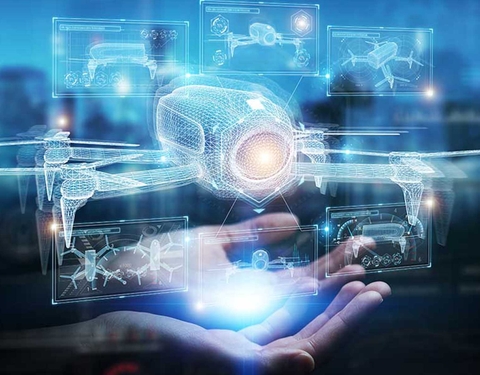
The future of photography is likely to be shaped by advancements in technology, shifts in social and artistic trends, and the ways people interact with and consume media. Here are a few key trends and possibilities:
1. AI and Computational Photography
• Enhanced Editing and Creation: AI-based tools can already enhance photos by adjusting lighting, color, or removing unwanted objects. Already we see AI that can generate entire realistic images from scratch, even mimicking specific photographic styles.
• Assistance in Real-Time Shooting: Cameras with built-in AI might help photographers capture the “perfect” shot by automatically adjusting settings or even suggesting ideal compositions.
• Expanding Accessibility: Tools like DALL-E, Midjourney, and Stable Diffusion make photo-realistic image creation accessible to non-photographers, which could impact the role of photographers as creators.
2. Virtual Reality (VR) and Augmented Reality (AR) Photography
• Immersive Experiences: VR photography allows users to capture and explore immersive environments, like 360-degree landscapes. This approach will likely grow with the evolution of VR/AR, pushing traditional boundaries.
• Augmented Experiences in Daily Life: AR filters are already popular, but future AR glasses could offer real-time overlays, where people could capture and manipulate the “real world” with virtual elements blended in.
3. Light Field and Holographic Imaging
• Light Field Cameras: These cameras capture information about the direction and intensity of light rays, allowing images to be refocused or even viewed in 3D. This could become a mainstream approach, providing users with unprecedented flexibility in editing photos after capture.
• Holographic Photography: As holography technology improves, we could see advancements that allow people to view photos in three dimensions without special glasses, creating fully interactive, lifelike photos.
4. Smartphone and Miniature Camera Technology
• Ubiquity and AI Enhancement: Smartphones will likely continue to improve in photo quality, using AI and computational photography to mimic or even surpass certain features of traditional cameras.
• Wearable Cameras and Life Logging: Small, wearable cameras or even smart glasses could make “lifelogging” more common, capturing daily experiences automatically.
5. Social Media and Interactive Storytelling
• New Platforms and Formats: As social media evolves, new platforms and formats will drive how people consume and produce visual media. Short, interactive, or even “experiential” photography may emerge, where viewers can interact with or manipulate the images.
• Personalized Experiences: Social media platforms may start personalizing images for each viewer, adjusting visual elements or lighting based on AI-generated user preferences.
6. Ethics, Authenticity, and Ownership
• Questions of Authenticity: With AI able to create or edit photos so convincingly, the concept of what constitutes a “real” photo will become more complicated. Authenticity standards or even blockchain verification for images may emerge to ensure they’re unaltered.
• Intellectual Property Challenges: As AI-generated images become more common, debates over who “owns” a photograph will intensify, especially if it’s co-created by a human and an AI.
7. Environmental and Sustainable Practices
• Eco-Friendly Materials and Production: The demand for sustainable practices in all industries is growing, and photography may follow suit with more eco-friendly camera manufacturing and print options.
• Digital Archives and Reduction of Waste: Digital archiving and cloud storage could increasingly replace physical printing, reducing waste and environmental impact associated with traditional photography.
8. Fusion of Photography and Other Art Forms
• Integration with Other Media: Photography may fuse more frequently with video, graphics, and interactive art, allowing photographers to create mixed-media projects that blend static and dynamic elements.
• Generative Art and AI Collaboration: Many photographers are already working alongside AI to produce generative art, blending traditional photography with digital manipulation. This trend may expand, as photographers and artists find creative ways to bring life and motion into otherwise static images.
While the fundamental elements of photography — capturing moments and telling stories — will likely remain, these technological and cultural shifts are reshaping how photography fits into the broader world of visual expression. The future may see photography becoming less about just a single moment and more about creating experiences and stories that are dynamic, interactive, and immersive.
Add new comment